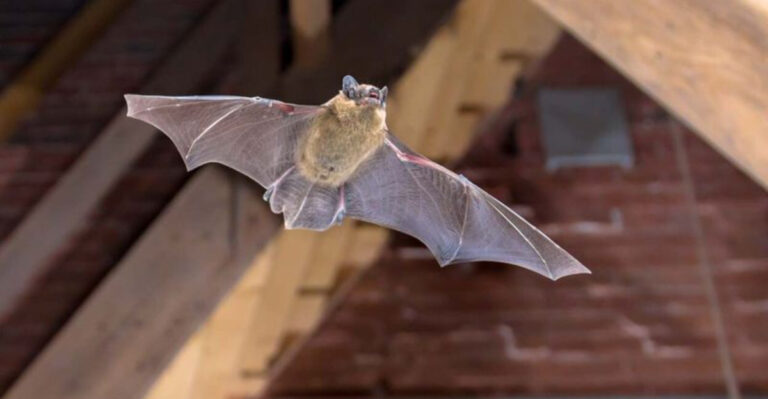Paleontologists Reveal Remarkable 450-Million-Year-Old Golden Fossils
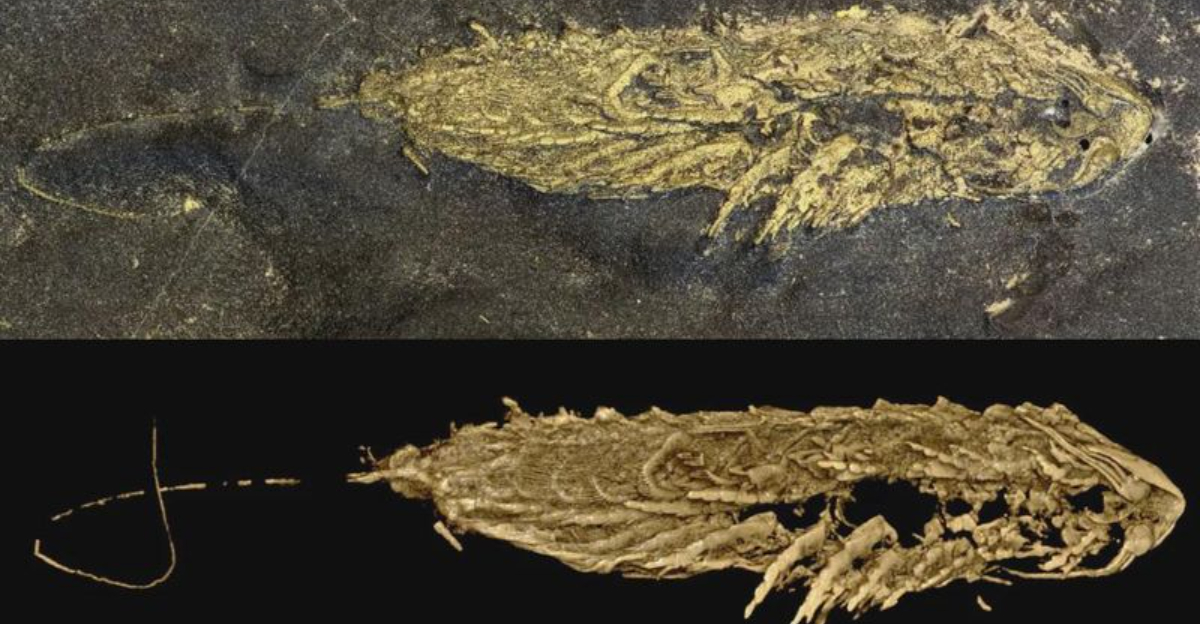
Hidden in ancient rock layers lies a treasure more valuable to scientists than actual gold. Recently, paleontologists uncovered spectacular 450-million-year-old fossils with a distinctive golden shimmer.
These remarkable specimens give us a rare glimpse into Earth’s distant past, preserving extinct creatures in stunning three-dimensional detail that most fossils simply don’t have.
The Discovery Of The Remarkable 450-Million-Year-Old Fossil
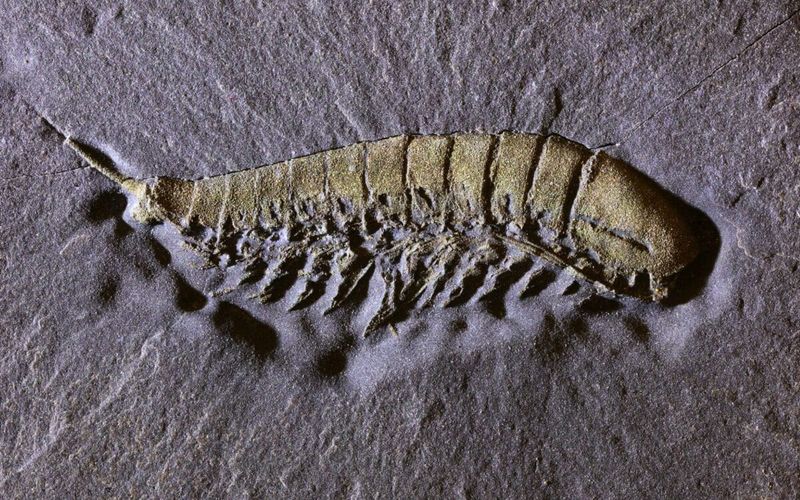
Buried beneath layers of New York shale, these golden treasures remained hidden until scientists stumbled upon them in the famous Beecher’s Trilobite Bed.
Unlike typical flattened fossils, these specimens sparkle with pyrite crystals that replaced the original organic material. The fossils date back to the Ordovician period when much of North America was underwater.
How Iron Pyrite Preserved The Ancient Arthropod In 3D
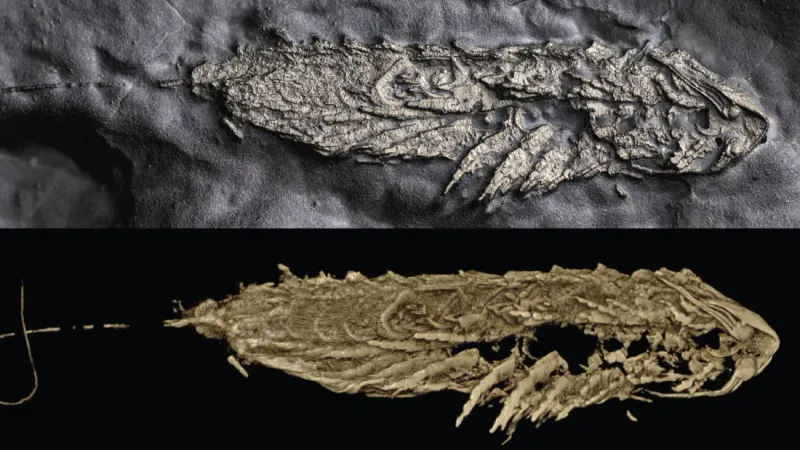
Fool’s gold proved to be paleontology’s best friend in these remarkable specimens! Iron pyrite rapidly replaced the creature’s soft tissues before they could decay.
This mineralization process occurred in oxygen-poor ancient seafloors, preventing normal decomposition. The result? Extraordinarily detailed three-dimensional fossils where even delicate antennae and tiny limbs remain perfectly preserved in golden mineral.
The Significance Of Fossils Found In Beecher’s Trilobite Bed
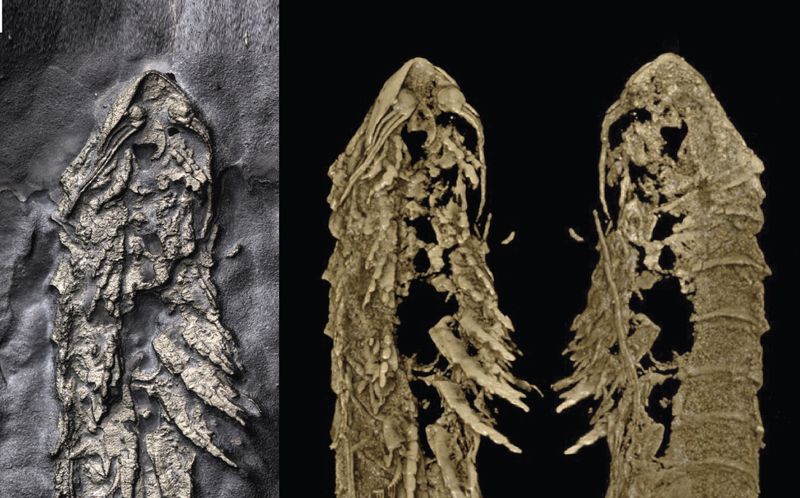
Located in upstate New York, Beecher’s Trilobite Bed represents one of paleontology’s most important fossil sites. The unique chemical conditions there created a perfect preservation storm.
Excavated in the late 1800s, this site continues yielding exceptional specimens today. Scientists value these fossils because they preserve rarely-seen soft parts that normally vanish during fossilization, offering an unprecedented window into ancient arthropod anatomy.
Unveiling The Ancient Arthropod Lomankus Edgecombei
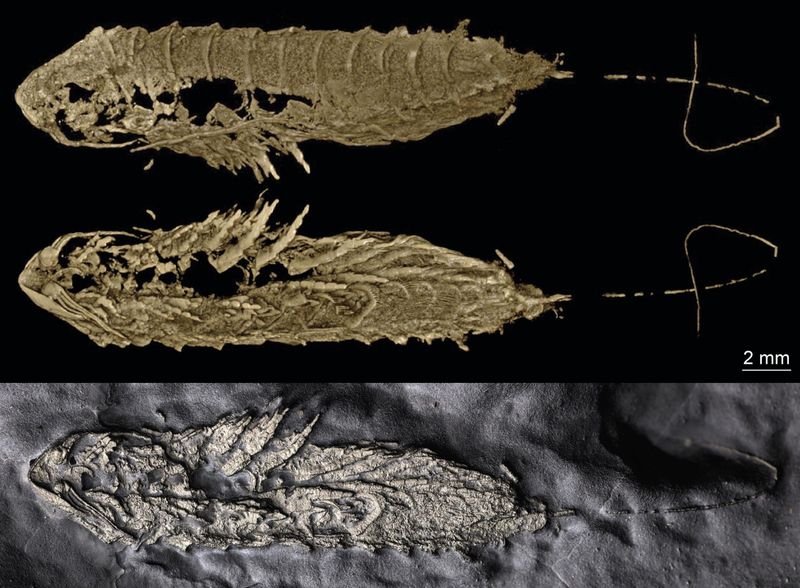
Among the golden treasures, Lomankus edgecombei stands out as a newly identified species. This ancient relative of modern horseshoe crabs and scorpions scuttled across prehistoric seafloors hunting smaller creatures.
Named after renowned paleontologist Gregory Edgecombe, this golden fossil displays remarkable features including specialized feeding appendages and a segmented body. Scientists believe it represents an important evolutionary link in the arthropod family tree.
The Role Of MicroCT Scanning In Fossil Reconstruction
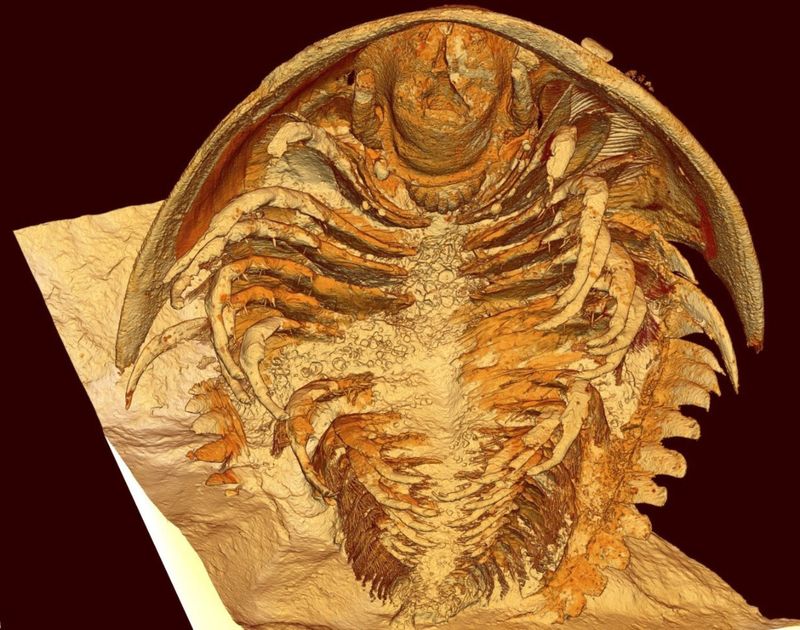
Peering inside these golden time capsules requires cutting-edge technology. MicroCT scanning allows scientists to virtually dissect these precious specimens without damaging them.
The process works similarly to medical CT scans but at microscopic resolution. Researchers create detailed 3D models revealing internal structures invisible to the naked eye, including muscle attachment points, digestive tracts, and neural pathways that revolutionize our understanding of these ancient creatures.
What The Fossil Reveals About Early Arthropod Evolution
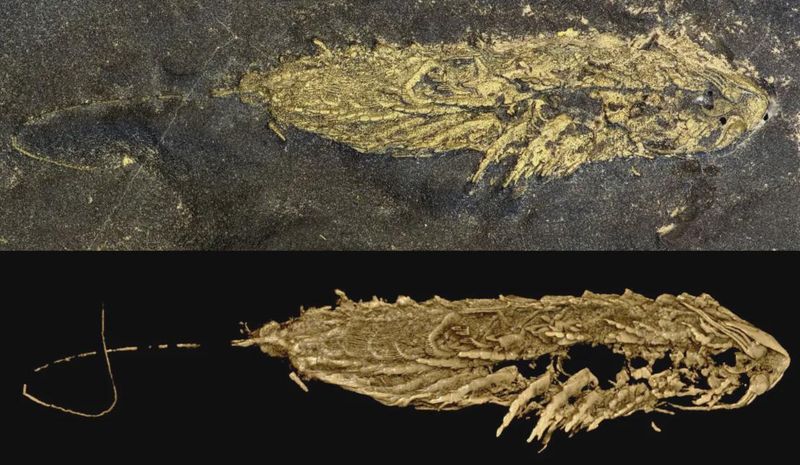
Golden fossils serve as evolutionary rosetta stones, unlocking ancient genetic relationships. The exceptional preservation quality reveals primitive characteristics shared with multiple arthropod groups.
Scientists can trace how modern crustaceans, insects, and arachnids diverged from common ancestors. Features visible in these specimens show that certain complex adaptations evolved much earlier than previously thought, forcing researchers to redraw evolutionary timelines for Earth’s most successful animal group.
Insights Into The Evolution Of Arthropod Appendages
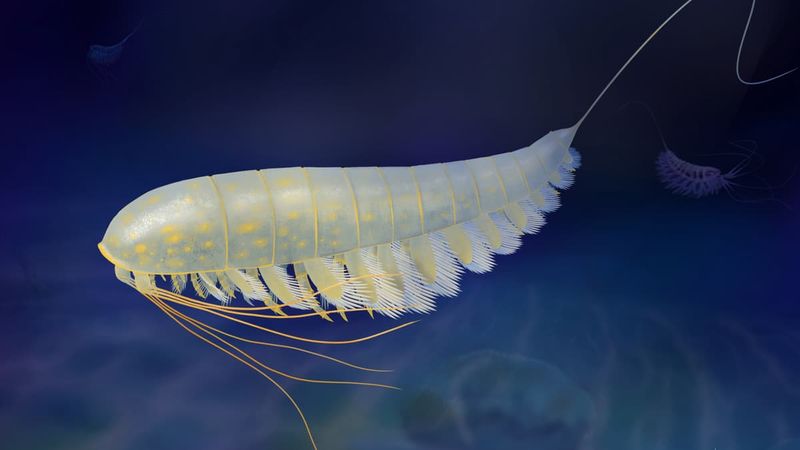
Legs, claws, and mouthparts tell an evolutionary tale frozen in gold. The pyritized appendages of these fossils reveal how early arthropods adapted to different ecological niches through specialized limb modifications.
Some appendages evolved for walking, others for sensing or capturing prey. This functional diversity explains how arthropods became so successful across environments. Modern crabs, insects, and spiders all owe their specialized limbs to innovations visible in these ancient golden specimens.
How Low-Oxygen Environments Led To Exceptional Fossil Preservation
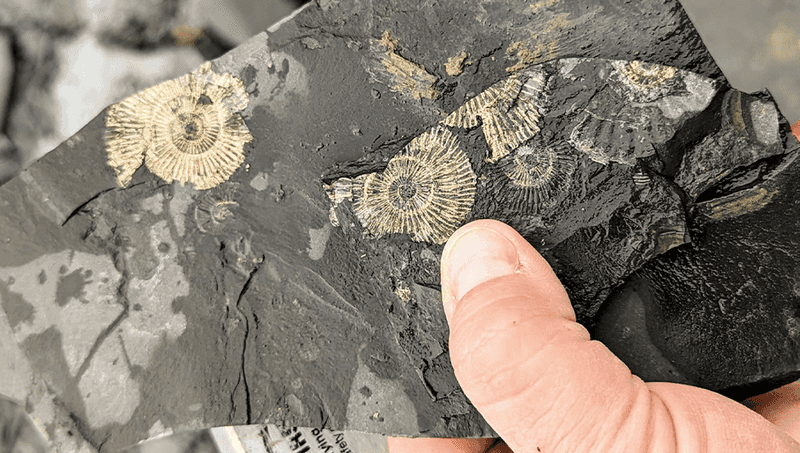
Paradoxically, environments deadly to ancient sea creatures created perfect preservation conditions. Oxygen-depleted seafloors prevented scavengers and bacteria from destroying carcasses before fossilization could occur.
When organisms died and sank into these anoxic mud zones, iron-rich sediments quickly entombed them. Chemical reactions between decomposing tissues and minerals in the mud triggered pyrite formation, creating nature’s version of electroplating that preserved even microscopic details in gleaming gold.
Implications Of The Golden Fossil For Understanding Prehistoric Life
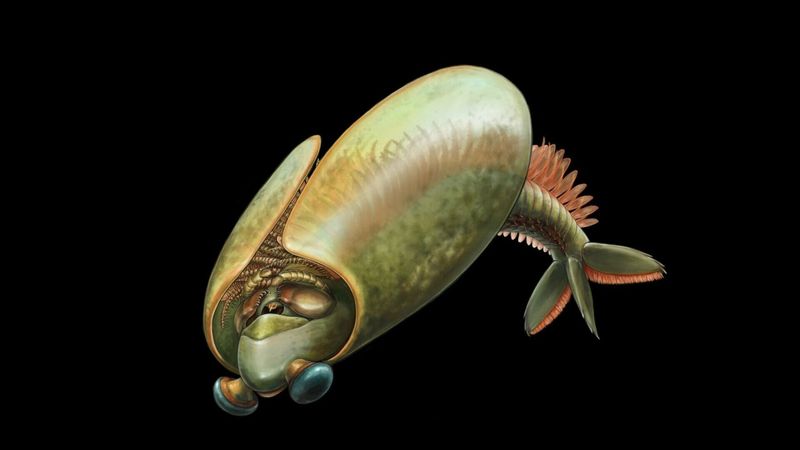
Beyond their beauty, these golden time capsules reshape our understanding of ancient ecosystems. Each preserved specimen adds a puzzle piece to reconstructing food webs, predator-prey relationships, and environmental conditions from half a billion years ago.
By studying multiple specimens, scientists can track how species responded to ancient climate changes. This information provides valuable context for understanding current biodiversity patterns and potentially predicting how modern arthropods might adapt to our changing planet.





